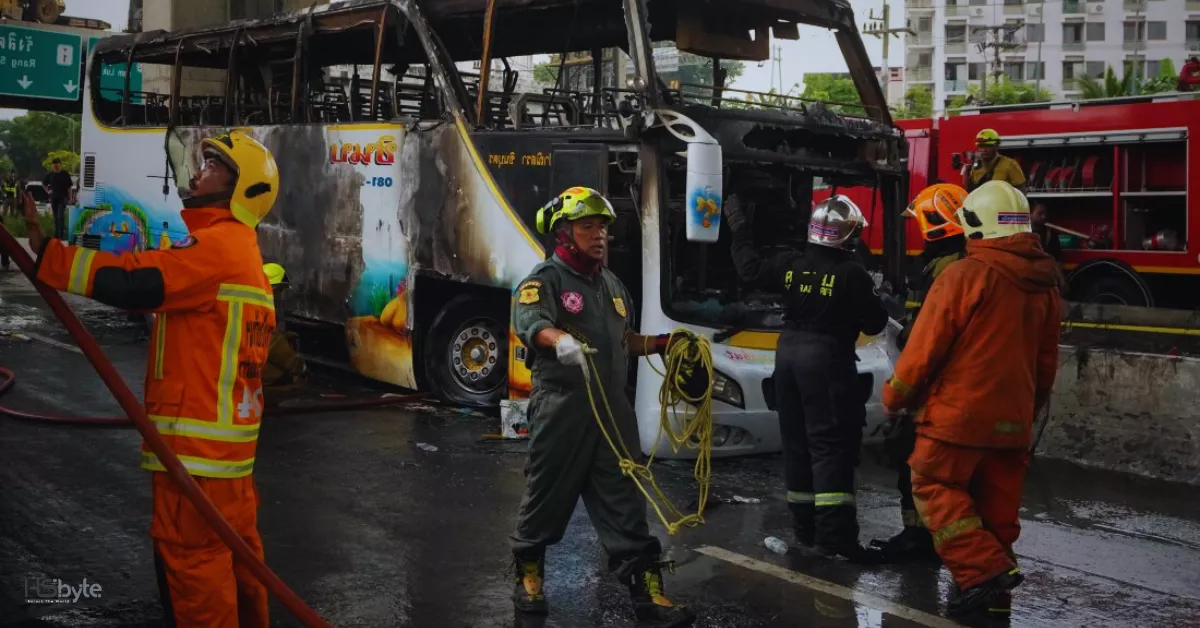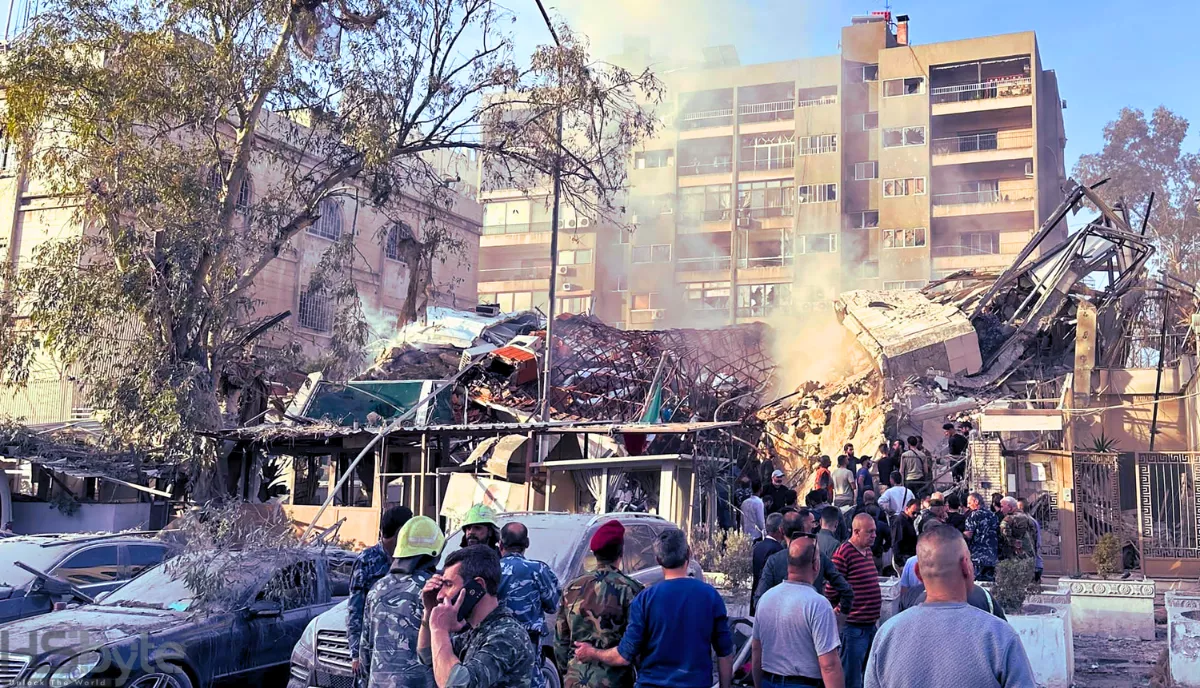
- Category: Middle East, News
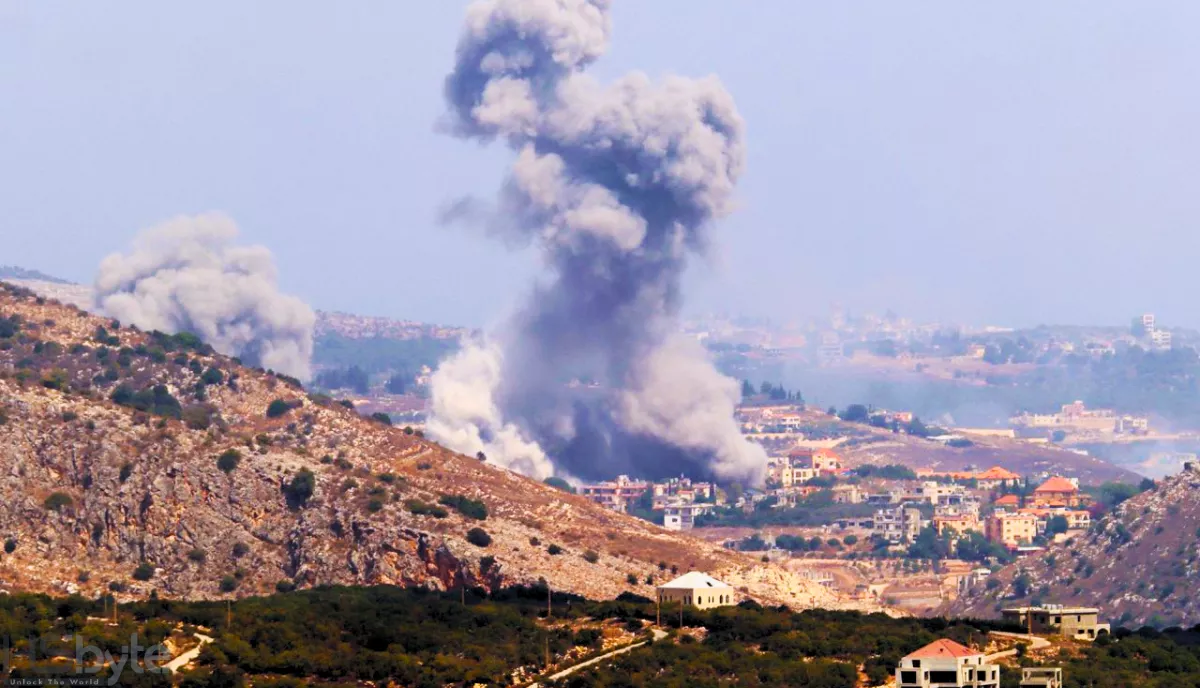
- Share
Israel Lebanon Conflict: Ground Invasion and Iran Missile Attack
The Middle East stands on the brink of a larger war as tensions between Israel, Lebanon, and Iran have escalated to extreme levels. In the past week, Hezbollah’s leader Hassan Nasrallah was assassinated, Israel launched a ground invasion of Lebanon, and Iran fired nearly 200 ballistic missiles at Israeli targets.
Despite efforts from Western and regional powers, led by the United States, to push for de-escalation, these attempts have so far failed. The United Nations Security Council called for an “immediate end” to hostilities, while the G7—including the US, UK, and Germany—urged restraint. However, the situation remains critical, with the region edging closer to an all-out war.
Nasrallah Assassinated: Friday Evening
On the evening of September 27, southern Beirut was hit by a series of powerful explosions. The targeted strike on an underground bunker resulted in the death of Hezbollah leader Hassan Nasrallah, a major figure who had remained in hiding for years due to fear of assassination.
The death of Nasrallah came after a week of intensified Israeli strikes against Hezbollah, which resulted in more than 500 deaths. This assassination wiped out any hopes of de-escalation that had seemed possible just hours earlier. A U.S. proposal for a 21-day ceasefire had been discussed at the United Nations, but soon after the strike, Israeli Prime Minister Benjamin Netanyahu was on a flight back to Israel, and diplomatic efforts quickly faded.
Israel Launches Ground Invasion: Monday Night
Three days later, Israeli forces crossed into Lebanon, beginning a ground invasion. The Israel Defense Forces (IDF) described the operation as “limited and targeted,” aimed at neutralizing Hezbollah’s capabilities to launch rockets and drones across the border. So far, the fighting has displaced nearly 1.2 million people in Lebanon and led to the deaths of at least eight Israeli soldiers.
Israel is now fighting a ground war on two fronts: Gaza and Lebanon. The last major conflict between Israel and Hezbollah in 2006 ended with a UN resolution, yet Hezbollah never fully withdrew from southern Lebanon and has only grown stronger with Iranian support.
While Israel has not explicitly stated its aim to remove Hezbollah entirely, it is clear that the country intends to significantly reduce the group’s power in Lebanon. This bold military action signifies Israel’s determination to address the threat posed by Hezbollah.
Iran's Missile Attack on Israel: Tuesday Evening
A day later, Iran launched nearly 200 ballistic missiles targeting various locations across Israel, forcing around 10 million Israelis to seek shelter. The nation’s air defense system, along with support from allies like the US and UK, intercepted most of the missiles, but a few hit southern and central Israel, killing one person in the West Bank.
Iran’s decision to carry out this larger-scale attack, without advance notice, was a move to restore deterrence in light of Hezbollah’s recent setbacks. While the attack was significant, it did not signal Iran’s desire for a full-scale war, which would be disastrous for the economically fragile nation.
Despite its heavy losses, Hezbollah has vowed to continue its fight in Lebanon. Historically, Israel has found it easy to enter Lebanon but challenging to leave.
In response to Iran’s missile attack, tensions in the region are at an all-time high. US President Joe Biden has urged Israel not to target Iranian nuclear or oil facilities, though a severe response from Israel seems inevitable. Israeli Prime Minister Benjamin Netanyahu has hinted at far-reaching actions, potentially even considering regime change in Iran.
Israel’s immediate focus, however, remains achieving “total victory” in Gaza and eliminating Hezbollah’s threat along the northern border. With attacks coming from various directions, the conflict in Gaza has expanded significantly, bringing the region to a critical tipping point.
You May Also Like

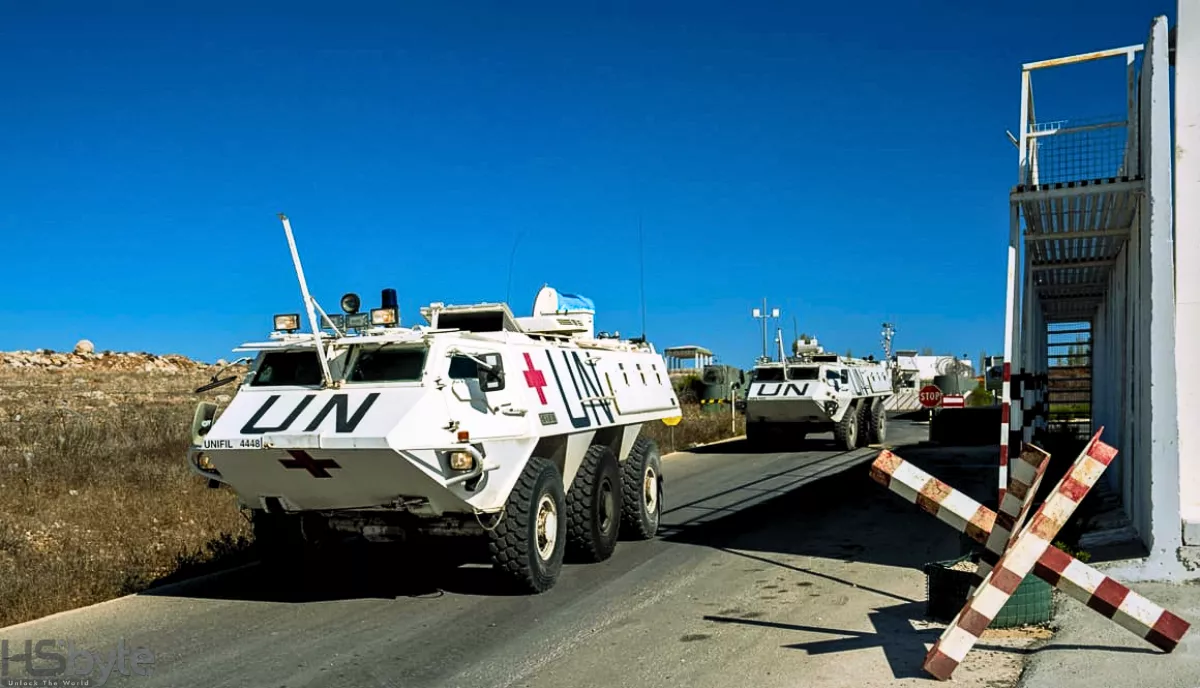
UNIFIL Post Breached: Israeli Tanks Escalate Tensions
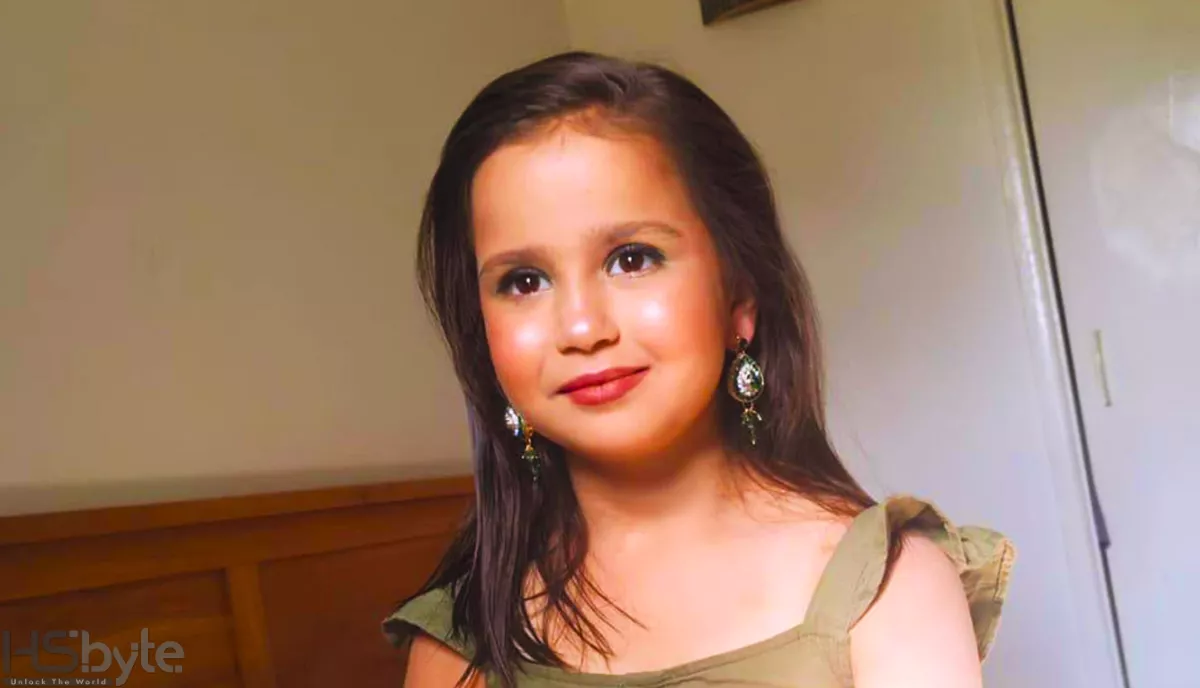
Sara Sharif Murder Trial Unfolds with Chilling Confessions
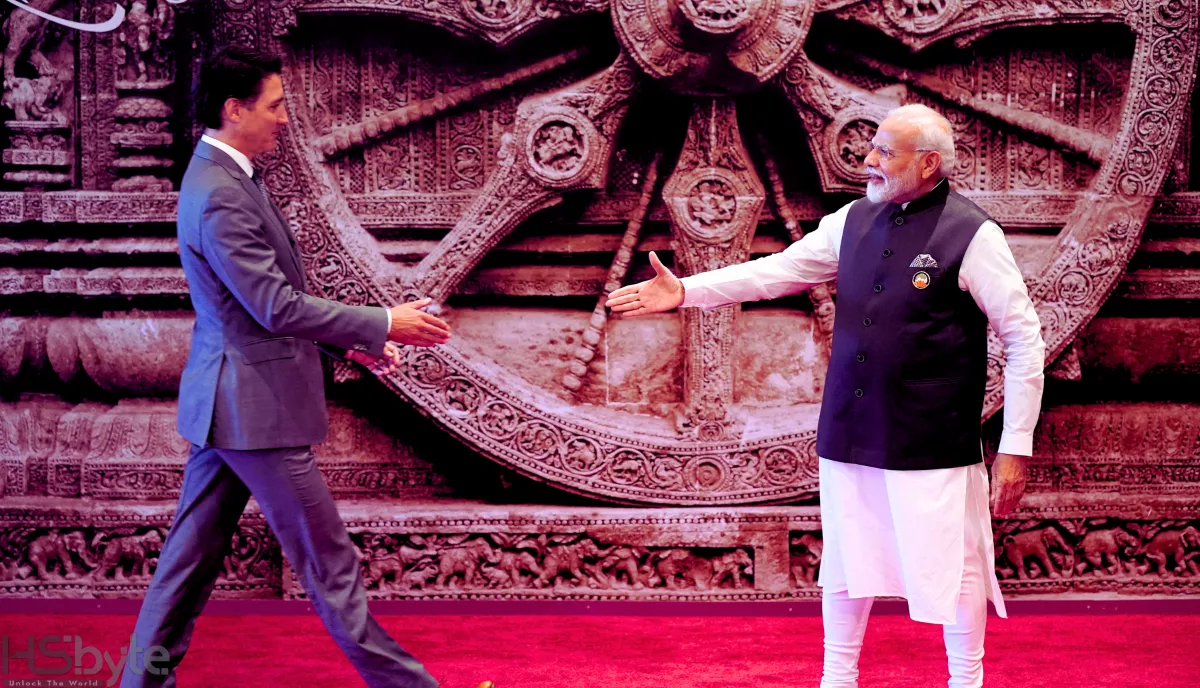
India-Canada Diplomatic Tensions Escalate Over Murder Claim

China Military Drills Off Taiwan Coast Escalate Tensions
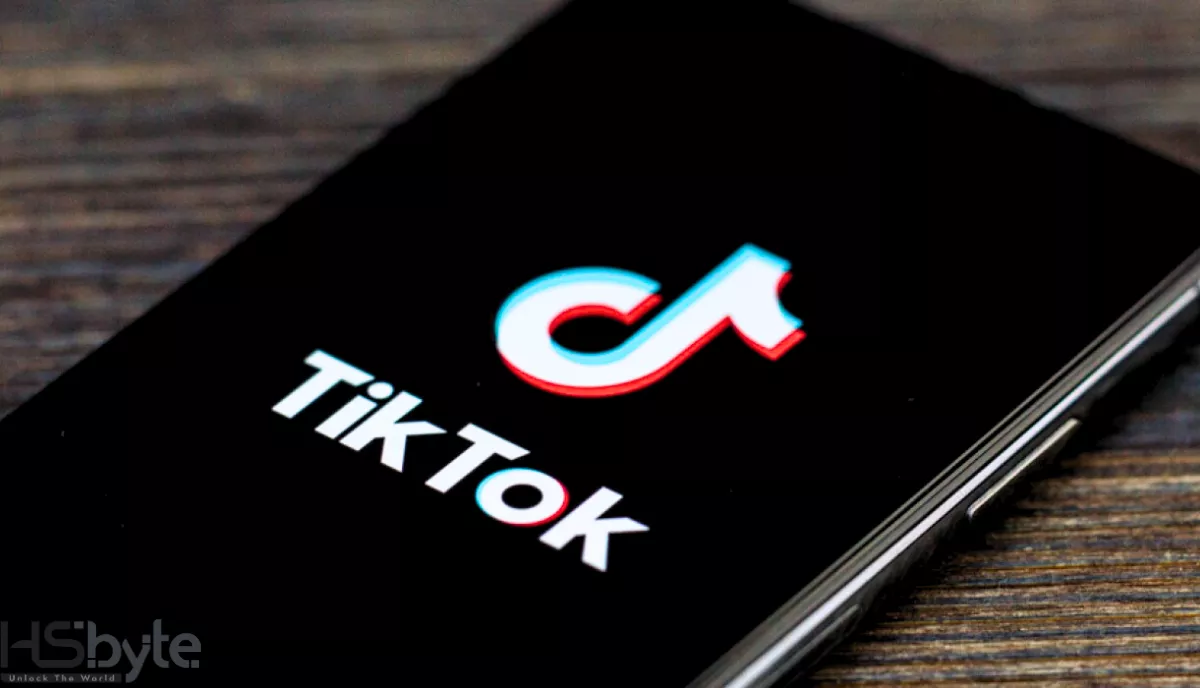
TikTok Lawsuit: States Fight Over Social Media’s Mental Health Impact
Latest Update
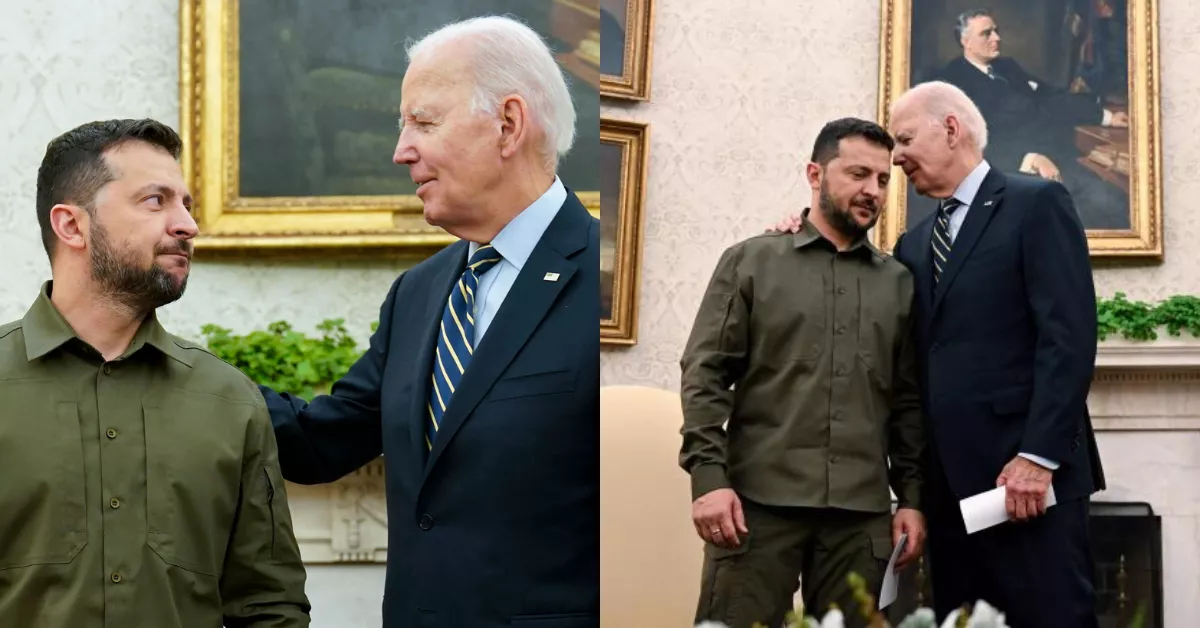
Zelensky Biden Meeting Ignites Republican Outrage Amid Aid Talks

Wuthering Heights Film Casting: Controversy Sparks Debate

Will the US Presidential Election Shape the Future of Crypto?

War with Russia: Zelensky Sees Hope for Peace

Unpacking the ‘Dark Arts’ in Manchester City vs Arsenal Showdown

UNIFIL Post Breached: Israeli Tanks Escalate Tensions

Trent Alexander-Arnold Free-Kick Stuns Finland
